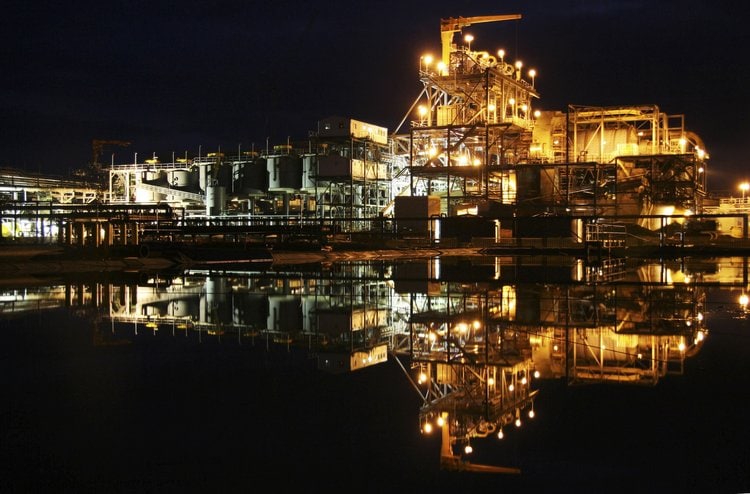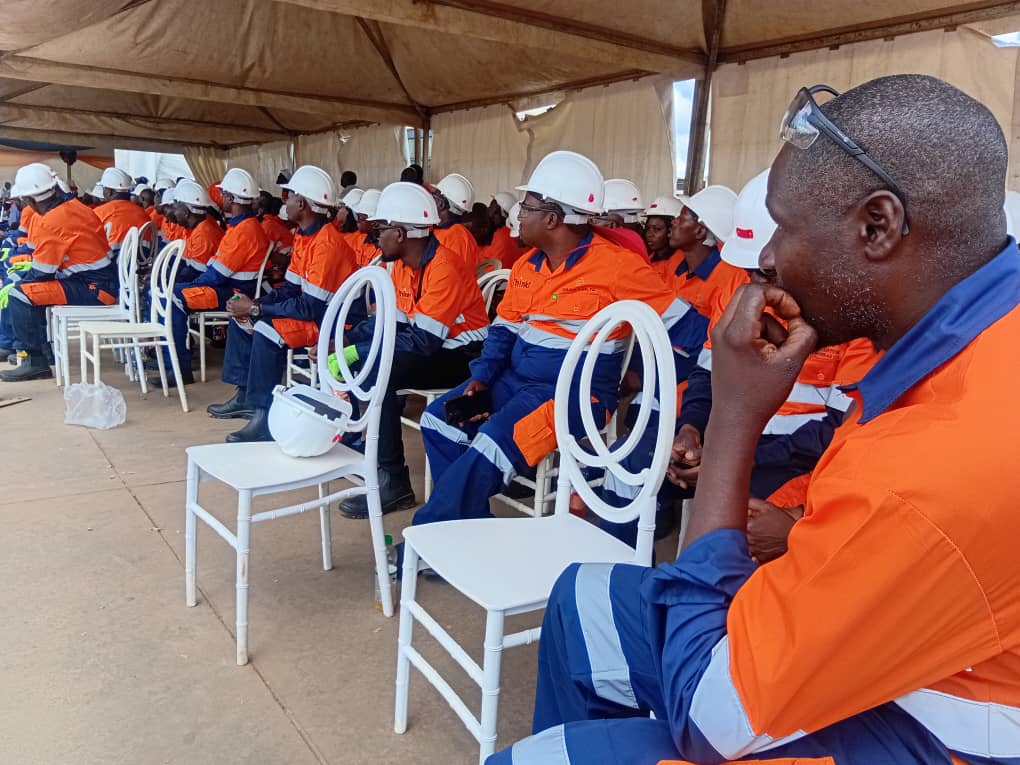Barrick Gold is now one of Zambia’s largest copper producers, employing more than 4,400 people, 99.3% of whom are Zambian nationals.
The company, which has invested more than $8.2 billion into the Zambian economy in the form royalties, taxes and local employment since 2011, has said it is looking to continue growing its Zambian operations.
Earlier this year CEO Mark Bristow described the mine as a “real success”; demonstrated last month when the company announced that copper production had climbed to roughly 334,000 tonnes since the start of the year – more than double the amount it produced in 2010.
The Lumwana mine was initially purchased in 2011, although Barrick considered selling it following a merger with Randgold Resources in 2019. Discussions fell through, however, and the mine was kept in the hands of the company.
Following the election of President Hakainde Hichilema and the New Dawn government, new business-friendly policies meant that the mine was able to ramp up production and now contributes 20% of Barrick Gold’s annual earnings.
Such policies include those which were announced in the 2023 Budget. Specifically, Mr Bristow expressed his contentment with the new mineral royalty tax regime, which is set to come into effect in January 2023.
The new mineral royalty tax regime, which is based on the price of copper, has been restructured to tax only the incremental value in price at different thresholds, as opposed to the aggregate value. The government will also allow miners to deduct royalties from income taxes which will resolve the issue of miners being taxed twice. This had previously been an issue as miners were taxed both on their incomes and through the royalty regime. Additionally, these changes will also smooth out the impact of price fluctuations in the market.
This economic stability in tax will ensure confidence in the market as well as encourage more cash flow back into the economy through reinvestments, something Barrick Gold have said will prove vital as they scale up production.

Mr Bristow explained that the changes in mineral royalty tax will unlock more cash flow for the company that could be used as reinvestments into the mine.
Additionally, the New Dawn administration has reduced the property tax transfer on exploration rights. The tax has been reduced to 7.5% – 2.5% lower than the previous rate.
Earlier this month, during a media briefing at the mine, Mr Bristow described how Lumwana is more profitable than ever and is generating even higher yields, making it one of Zambia’s largest copper producers.
He also outlined plans to expand the mine by creating a ‘super pit’, stating that, “Promising drill results at the Lubwe satellite target are increasing our confidence that we will be able to develop a super pit and still keep producing at today’s rates and more.”
Further, he said, “Should the super pit prove viable, it will substantially extend the mine’s life with a two-year pre-feasibility study scheduled to commence in 2023.”
The new pit’s potential profitability has led to reports that Barrick could extend its operations at Lumwana from 2042 to 2060.
Aside from the high yields, Mr Bristow outlined that favorable business policies have also encouraged the firm to invest in Zambia. The CEO has repeatedly said that stable governance and pro-investment policies have been some of the key aspects that persuaded Barrick Gold to continue its operations in Zambia and to reinvest their earnings.
Mr Bristow stated that the New Dawn government is like, “a breath of fresh air.”
Zambia is set to become a hub for global mining investment. It is the 7th largest copper producer in the world, producing roughly 88,000 metric tonnes of the metal a year. It is also home to some of the highest grade copper mines in the world, making it a particularly attractive area for exploration and investment. On top of this, the country is home to substantial nickel, cobalt, and manganese deposits. Outside of metals the country also produces 20% of the world’s emeralds.








